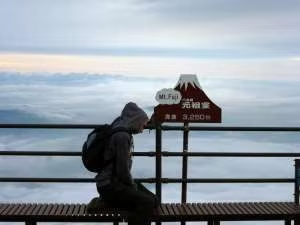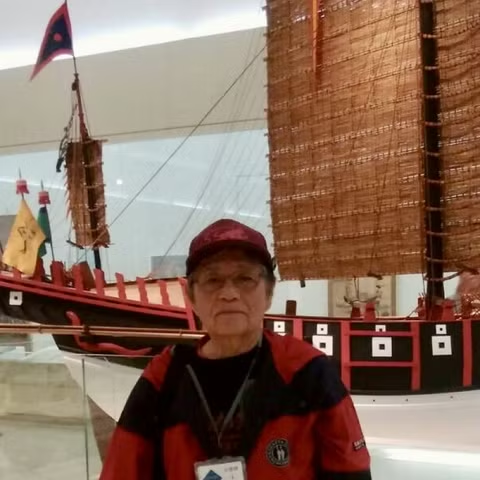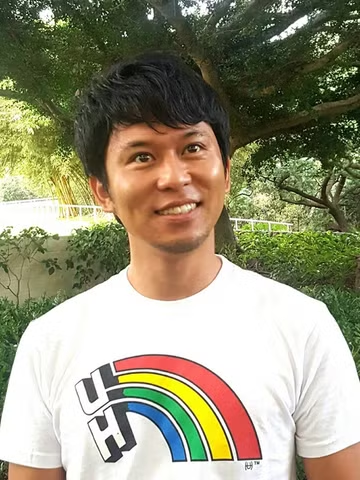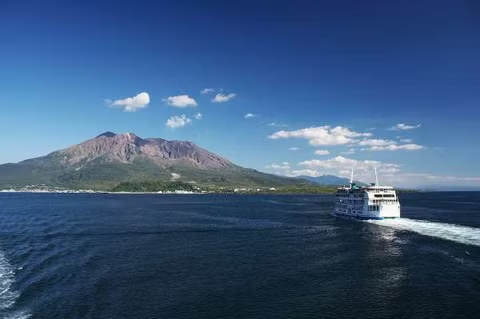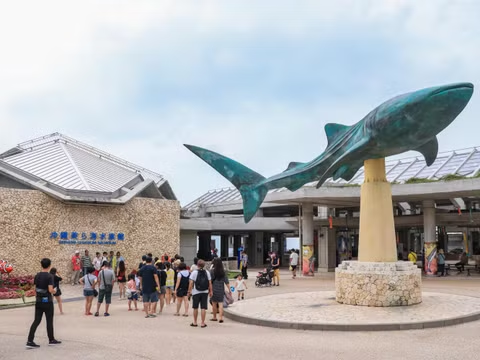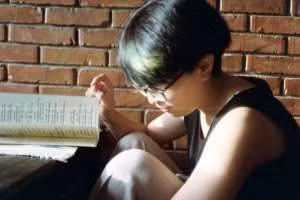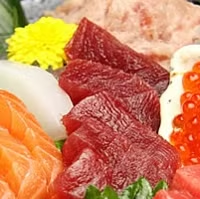Okinawa Prefecture is the furthest south of any of the prefectures in Japan, and Okinawa Island itself enjoys a climate similar to Hawaii. If you are looking to relax on the beaches, stroll through World Heritage Sites, or enjoy shopping on the famous International Street, then it will be worth adding Okinawa to your travel plans. Here are four places in Okinawa to help you get the most out of your trip:
Shikina-en
![]()
(image by flickr.com)
Shikina-en is located approximately 2km south of Shuri castle and was established as a villa for the Ryukyuan Royal Family. Built in 1799, it was used as a resting place for the family and also as a reception area for envoys from the Chinese emperor. The construction of the garden followed the style of a stroll garden where visitors would encounter different facets of the scenery as they walked around the central pond. It was designed based on the style of a Japanese garden but the inclusion of a stone bridge and a hexagonal building known as the Rokkaku-do bespoke of Chinese architecture. Merging together these different styles, Shikina-en has garnered a high reputation for its unique beauty as a Ryukyuan garden. In the Battle of Okinawa during the Second World War, it suffered catastrophic damage but was fully restored after 20 years starting from 1975. In 2000, it, along with Shuri Castle, was registered as a World Heritage site as part of the Gusuku Sites and Related Properties of the Kingdom of Ryukyu.
In the vicinity of the pond stands a building with a red-tiled roof known as the Udun. With a total area of 529 square meters, it is an open villa. At a glance, it seems like an Okinawan private residence but at that time, it was a refined palace that only nobles could enter. You can take a glimpse into the history of hospitality given for many guests through areas such as the tea room since the Ryukyu Kingdom was very much into the tea ceremony, a kitchen with a huge cutting board, and a large stone basin to warm food and drinks. After touring the Udun, head for the Kankoudai observation point. However, if you are expecting to see the beautiful sea of Okinawa, prepare to be disappointed. This was a diplomatic tactic by the Ryukyuan Dynasty. For the purposes of making a point to the Chinese envoy that the Ryukyu Kingdom was huge, it was built so that the ocean could not be seen.
Admission: Adult: ¥ 400 / Child: ¥ 200
- Guidebook from Planetyze about Shikina-en
- Reviews from TripAdvisor about Shikina-en
- Tours of Shikina-en
Shuri Castle
![]()
(image by flickr.com)
For 450 years from 1429 to 1879, the Ryukyu Kingdom was a monarchy-based nation in which Shuri Castle was its administrative center. The model for the castle was Shikin-jo Castle in China so it didn’t have a castle tower as was the case in Japanese castles. However, Japanese architectural style could also be seen everywhere such as the gables done in the Karahafu style. With these Chinese and Japanese styles, the distinctive Ryukyuan architecture could be observed which matched the natural features of Okinawa. The castle burned down during the Battle of Okinawa in World War II in 1945, but in 1992, structures such as the main palace were restored. However, only a part of the entire 5ha area is open to the public as the Shuri Castle Park as restoration is taking place to this day.
After passing through Houshin-mon Gate, head for Una Garden at the main palace for Shuri Castle. From this point onwards, admission is necessary. Since shoes are prohibited from the South Hall to the main palace, bringing slippers would be handy. The main palace in the center of Shuri Castle looks like a 2-story structure but it is actually a 3-story wooden building. The 1st floor was used by the King for state affairs and formal ceremonies while the 2nd floor was the place for ceremonies involving the King, his family and court ladies. The 3rd floor was an attic for the purposes of air ventilation. When looking out over the main palace from the garden, many dragons can be seen. And even inside on either side of the staircase in the main palace, there are sculptures of 4.1m dragons. These are called the Great Dragon Pillars, and with the dragon as a symbol of the Emperor of which there are no examples even in China, it is a unique Ryukyuan feature.
Shurei-mon Gate outside of the castle was built in the middle of the 16th century. This was also burned down in the Battle of Okinawa, but after its restoration in 1958, it has become a symbol for Okinawan tourism. It has a beautiful appearance with its red tiles and its picture was even used on the 2000-yen bill. Beyond that are the stone gates of Sonohyan-utaki which also cannot be missed. Constructed from Ryukyuan limestone, it is a place of worship where the King’s safety was prayed for whenever he left the castle. It is made into the form of gates but it isn’t a structure for people to pass through; instead, it is a place that, in a manner of speaking, is a worship gate for the gods. It has been nationally recognized as an Important Cultural Property and along with what remains of Shuri Castle, is also a World Heritage site.
Admission: Adult: ¥ 820 / Child: ¥ 310
- Guidebook from Planetyze about Shuri Castle
- Reviews from TripAdvisor about Shuri Castle
- Tours of Shuri Castle
Okinawa Churaumi Aquarium
![]()
(image by flickr.com)
Located approximately 2 hours by car from Naha Airport, Okinawa Churaumi Aquarium is on the Motobu Peninsula in the northern part of Okinawa Island. This area which faces the beautiful sea was once the venue for Expo ’75. In the distance, you can see Iejima Island. The aquarium, which has the theme of “Encounter the Okinawan Sea”, can be entered from the 3rd floor (Coral Lobby), and heading to the 2nd and 1st floors, the facility is built so that it feels like you are going underwater. In fact, it has been designed so that you can get the sensation of taking that mysterious trip into the Okinawan sea as you go from Life In Inoh to the Coral Sea, past the Kuroshio Sea to the Deep Sea.
The No. 1 highlight of Okinawa Churaumi Aquarium is the Kuroshio Sea which is the largest water tank in Japan. Boasting a depth of 10m, a length of 35m and a width of 27m, this gigantic tank is filled with migratory fish from the Kuroshio, including 3 whale sharks and 6 manta rays. This multiple breeding for the purposes of propagating whale sharks and manta rays is something that hasn’t been seen anywhere else in the world. At the water tank known as the Coral Sea which lets in natural light, 800 colonies of 70 different coral are bred and are on display, a process that has taken more than 10 years. You can also view the coral spawning every year around June.
After enjoying the world of the Okinawan sea, why not take a break while still being able to see the sea life in the tanks up close? At the Café Ocean Blue at one corner of the Kurashio Sea, you can enjoy some tea and light snacks such as taco rice and purple yam tarts which are Okinawan specialties while viewing the whale sharks and manta rays swimming gracefully. The sight of fish swimming across in front of your very eyes is amazing. Since the seats in front of the water tanks are always crowded, heading for them as soon as the aquarium opens is recommended, although after 4 p.m. the crowds lessen somewhat.
Admission: Adult: ¥ 1,850 / Child: ¥ 610
- Guidebook from Planetyze about Okinawa Churaumi Aquarium
- Reviews from TripAdvisor about Okinawa Churaumi Aquarium
- Tours of Okinawa Churaumi Aquarium
Kokusai Dori
![]()
(image by flickr.com)
Kokusai Dori goes down the center of Naha City in Okinawa Prefecture. With its starting point at the intersection at the north end of the prefectural government building, it follows Prefectural Highway No. 39 in a straight line up to the Asato Junction. Just 3km away from the World Heritage site of Shuri Castle, the area always has lots of tourists. Kokusai Dori was once a burnt-out area after the war but has made a remarkable transformation. For that reason, it has been dubbed the Miracle Mile. Every Sunday from 12 noon to 6 p.m., a part of the road is closed off to vehicular traffic for the pedestrians. Okinawan folk entertainment such as eisa dancing is also performed here.
On Kokusai Dori, there are plenty of bars to enjoy the local fare and the Okinawan liquor known as awamori. At many of the places, there are even concerts featuring the regional musical instrument known as the sanshin. You should have some fine memories of your trip as you casually enter these establishments and enjoy Okinawan folk songs and Ryukyuan dancing. Souvenir shops are open relatively late so shopping after all the sightseeing is very possible. Over here, all of the souvenirs such as Yachimun pottery and other handicrafts, awamori liquor, the traditional baked cookie of chinsuko, and Okinawan kariyushi wear are available.
Turning from Kokusai Dori into Okiei Dori for about 200m and then going south at the traffic light, you will encounter a lane by the name of New Paradise Dori. Along its 400m length, there are stylish shops and cafes where the locals congregate. Establishments which have been converted from private residences which are over 50 years old and select shops selling products made by Okinawan artisans line the lane here where you can obtain sophisticated items. There is a mellow atmosphere here that cannot be imagined on the bustling Kokusai Dori.
Admission: Free
- Guidebook from Planetyze about Kokusai Dori
- Reviews from TripAdvisor about Kokusai Dori
- Tours of Kokusai Dori
